INTRODUCTION
|
| The standard of living of the people of any country is considered to be proportional to the energy consumption by the people of that country. In one sense, the disparity one feels from country to country arises from the extent of accessible energy for the citizens of each country. Unfortunately, the world energy demands are mainly met by the fossil fuels today. The geographical non equi-distribution of this source and also the ability to acquire and also control the production and supply of this energy source have given rise to many issues and also the disparity in the standard of living. |
| The world energy consumption pattern is also increasing as shown in the Fig.1. The energy consumption has been increasing and it will triple in a period of 50 years by 2025. Data on fossil fuel consumption by fuel type[1]. The fossil fuel use as energy source has many limitations. There are a number of pollutants that have been identified as coming out of the use of fossil fuels and they are serious health hazards[2]. |
| A non-renewable resource is a natural resource which cannot be produced, grown, generated, or used on a scale which can sustain its consumption rate, once depleted there is no more available for future needs. Also considered nonrenewable are resources that are consumed much faster than nature can create them. The main source of energy today is fossil fuel. However, there are two main problems associated with this type of fuel: the limited availability of fossil fuels and climate change. There are also safety concerns linked to the use of nuclear power and the radiation that is produced. Fossil fuels are non-renewable sources of energy, so they could one day run out. Alternative sources of energy are needed. As supplies decrease, the cost of buying fossil fuels may increase causing economic problems as well. When fossil fuels are burnt they produce the gas carbon dioxide (CO2). Carbon dioxide is known as a greenhouse gas because it traps heat from the sun, much like the glass in a greenhouse, preventing it from escaping out of the Earth’s atmosphere into space. Greenhouse gases are found naturally in the atmosphere and they are essential for keeping the Earth warm. Thus to avoid this type of problems we go for renewable energy resource to provide energy and for un-interruptible power [4]-[5].Since in many countries electrical grids are not connected to the main island[6]. Here these plant give supply to them.[6]- [7] they give the details of how the battery depth and the power stability is improved and how they overcome in this we can see over. For the combination of the solar and wind they method and design are carried out[8]-[9]. Thus this paper presents a dynamic modeling of solar and wind system for the rural areas. |
SOLAR ENERGY
|
| The Sun is the largest member of the solar system. It generates energy by nuclear fusion action and radiates energy uniformly in all directions in the form of electromagnetic waves. It provides the energy needed to sustain life in our solar system. It is clean, inexhaustible, abundantly and universally available source of renewable energy. Solar energy can be utilized directly in two ways: |
| 1. By collecting the radiant heat and using it in a thermal system, or |
| 2. By collecting and converting it directly to electrical energy using a photovoltaic system. |
| A. SOLAR PHOTO-VOLTAIC SYSTEMS |
| Solar PV systems have become commercially successful during 1980s.Solar PV technology is the most significant renewable energy technology particularly for remote and stand-alone consumers away from main electrical distribution network. In solar PV systems in the intermediate thermal energy stage is omitted and the energy is converted directly from the solar energy form to electrical energy form[10]. The vital component is a solar PV system in the solar cell, also called Photo-voltaic cell. Nominal ratings of a typical single PV cell when exposed to full sun light are, Voltage 0.45V,DC, Current 0.75A,DC, Power 0.33W. Actual power delivered varies with intensity of sun light and the load resistance. When exposed to sun light, the solar cell acts like a tiny DC cell. |
| B. PHOTO-VOLTAIC PANEL |
| Several solar cells are connected in parallel to form a string. Several strings are connected in parallel to form a module. Several modules are connected in series, parallel, series- parallel, series-parallel configuration to form an array. The arrays installed on the structure to form a solar PV collector. |
| A solar electric module (also known as a „panelâÃâ¬ÃŸ) is made up of many PV cells that are wired together in a series to achieve the desired voltage. In a photovoltaic cell, when sunlight strikes its surface, some portion of the solar energy is absorbed in the semiconductor material. |
| If absorbed energy is greater than the band gap energy of the semiconductor, the electron from valence band jumps to the conduction band. By this, pairs of hole-electrons are created in the illuminated region of the semiconductor. The electrons thus created in the conduction band are now free to move. These free electrons are forced to move in a particular direction by the action of electric field present in the PV cells. These flowing electrons constitutes current and can be drawn for external use by connecting a metal plate on top and bottom of PV cell. This current and the voltage (created because of its built-in electric fields) produces required power. |
| C. TYPES OF SOLAR PANELS MONO-CRYSTALLINE SOLAR PANELS |
| Mono-crystalline, or Single Crystal, is the original PV technology invented in 1955, and never known t o wear out. Polycrystalline entered the market in 1981. It is similar in performance and reliability. Single crystal modules are composed of cells cut from a piece of continuous crystal. The material forms a cylinder which is sliced into thin circular wafers. To minimize waste, the cells may be fully round or they may be trimmed into other shapes, retaining more or less of the original circle. Because each cell is cut from a single crystal, it has a uniform color which is dark blue. |
| POLY-CRYSTALLINE SOLAR PANELS |
| Poly-crystalline cells are made from similar silicon material except that instead of being grown into a single crystal, it is melted and poured into a mold. This forms a square block that can be cut into square wafers with less waste of space or material than round single-crystal or monocrystalline wafers. As the material cools it crystallizes in an imperfect manner, forming random crystal boundaries. The efficiency of energy conversion is slightly lower. This merely means that the size of the finished module is slightly greater per watt than most Mono-crystalline modules. The cells look different from Mono-crystalline cells. The polycrystalline surface has a jumbled look with many variations of blue color. In fact, they are quite beautiful like sheets of gemstone. |
WIND ENERGY
|
| Wind power is the conversion of wind energy into a useful form of energy, such as using wind turbines to make electricity, windmills for mechanical power, wind pumps for water pumping or drainage, or sails to propel ships. The smallest turbines are used for applications such as battery charging or auxiliary power on sailing boats; while large grid-connected arrays of turbines are becoming an increasingly large source of commercial electric power. |
| A. TYPES OF WIND TURBINE |
| HORIZONTAL-AXIS WIND TURBINE: |
| Horizontal-axis wind turbines (HAWT) have the main rotor shaft and electrical generator at the top of a tower, and must be pointed into the wind. Small turbines are pointed by a simple wind vane, while large turbines generally use a wind sensor coupled with a servo motor. Most have a gearbox, which turns the slow rotation of the blades into a quicker rotation that is more suitable to drive an electrical generator. Turbines used in wind farms for commercial production of electric power are usually three-bladed and pointed into the wind by computer-controlled motors. These have high tip speeds of over 320 km/h (200 mph), high efficiency, and low torque ripple, which contribute to good reliability. |
| VERTICAL-AXIS WIND TURBINE |
| Vertical-axis wind turbines (VAWT) have the main rotor shaft arranged vertically. Key advantages of this arrangement are that the turbine does not need to be pointed into the wind to be effective. This is an advantage on sites where the wind direction is highly variable, for example when integrated into buildings. |
| When a turbine is mounted on a rooftop, the building generally redirects wind over the roof and this can double the wind speed at the turbine. If the height of the rooftop mounted turbine tower is approximately 50% of the building height, this is near the optimum for maximum wind energy and minimum wind turbulence. It should be borne in mind that wind speeds within the built environment are generally much lower than at exposed rural sites. The other types of vertical axis wind turbine are Darrieus Turbine, Giromill Turbine, Savonius Turbine, Twisted Savonius Turbine. |
SAVONIUS TURBINE
|
| Savonius wind turbines are a type of vertical-axis wind turbine (VAWT), used for converting the force of the wind into torque on a rotating shaft. The turbine consists of a number of aero-foils, usually-but not always-vertically mounted on a rotating shaft or framework, either ground stationed or tethered in airborne systems. The Savonius wind turbine was invented by the Finnish engineer Sigured Johannes Savonius in 1922. |
| A. OPERATION OF SAVONIUS TURBINE |
| The Savonius turbine is one of the simplest turbines. Aerodynamically, it is a drag-type device, consisting of two or three scoops. Looking down on the rotor from above, a twoscoop machine would look like an "S" shape in cross section. Because of the curvature, the scoops experience less drag when moving against the wind than when moving with the wind[11].The differential drag causes the Savonius turbine to spin. Because they are drag-type devices, Savonius turbines extract much less of the wind's power than other similarly-sized lift-type turbines. Much of the swept area of a Savonius rotor may be near the ground, if it has a small mount without an extended post, making the overall energy extraction less effective due to the lower wind speeds found at lower heights. |
HYBRID ENERGY
|
| Wind turbine first converts the kinetic energy to mechanical energy and then converts it to the electricity. The wind turbine in the system consists of tower, alternator, speed converters(gear box), and propeller. |
| The kinetic energy of the wind is converted to the mechanical energy in the rotor. . The hybrid system is designed based on the 78W load. We approximating the 78W as 100W load, for which we had divided the 100W source as the combination of 50W solar and 50W wind as source to meet the load demand of 100W. |
DESIGN OF SOLAR ENERGY
|
| A. WORKING OF HYBRID SYSTEM |
| Hybrid systems are the ones that use more than one energy resources. Integration of systems(wind and solar) has more influence in terms of electric power production. Such systems are called as “hybrid systems”. |
| In the summer time, when sun beams are strong enough, wind velocity is relatively small. In the winter time, when sunny days are relatively shorter, wind velocity is high on the contrast. Efficiency of these renewable systems show also differences through the year. In other words, it is needed to support these two systems with each other to sustain the continuity of the energy production in the system. |
| The first step in designing a solar PV system is to find out the total power and energy consumption of all loads that need to be supplied by the solar PV system as follows: |
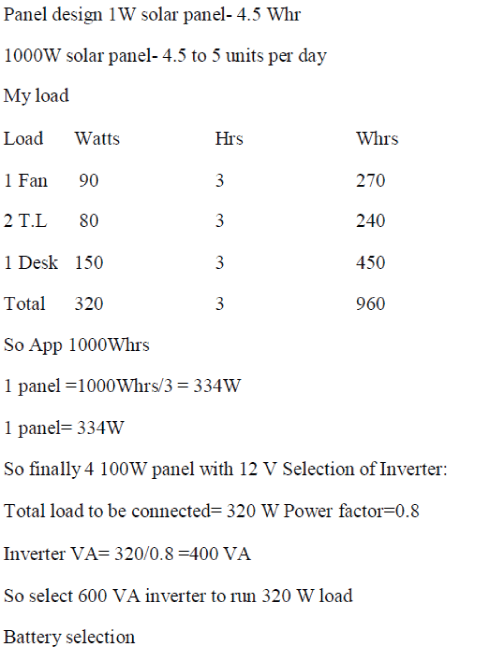 |
DESIGN OF WIND ENERGY
|
| VERTICAL AXIS WIND TURBINE CALCULATION: FORMULA |
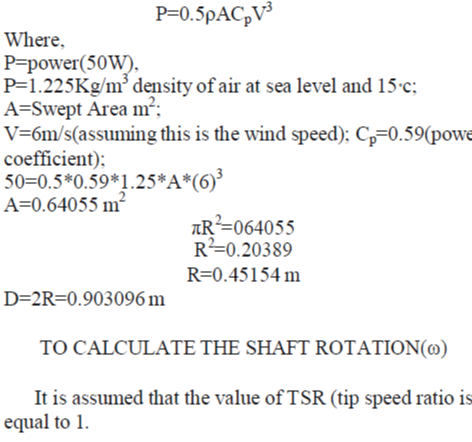 |
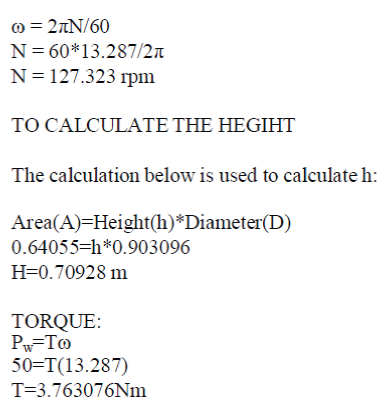 |
SYSTEM PERFORMANCE
|
| The scheme of wind and solar for the implementation in rural areas is shown in Fig 6 and is simulated in MATLAB/SIMULINK with power system block set. |
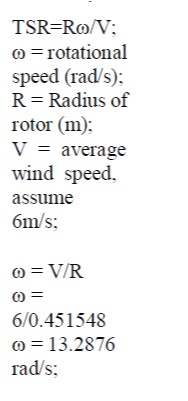 |
CONCULSION
|
| Thus this proposed model of wind and solar hybrid system gives an efficient power to the rural electrification and reduces the environment pollution. Power generation and response is very fast in this system. This system can provide the effective, reliable, and durable power system. Provides energy saving and un-interruptible power supply. Thus the harmonic and the power is also improved. |
Tables at a glance
|
 |
| Table 1 |
|
| |
Figures at a glance
|
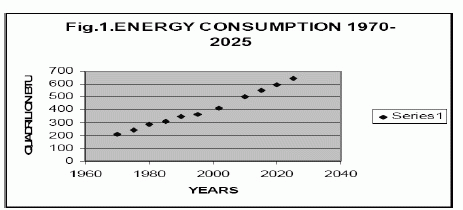 |
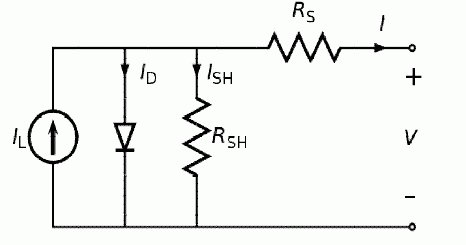 |
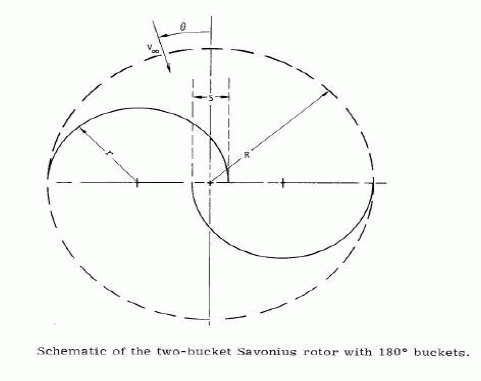 |
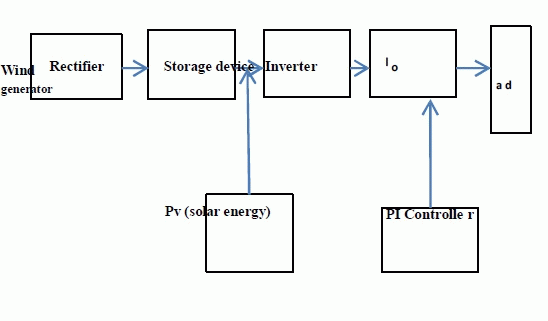 |
| Figure 1 |
Figure 2 |
Figure 3 |
Figure 4 |
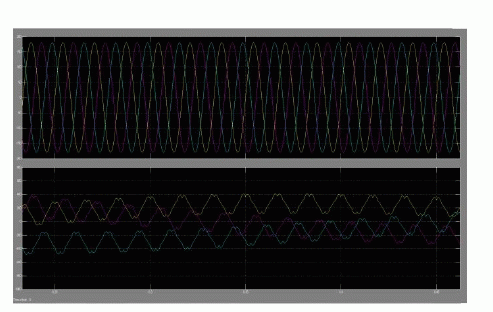 |
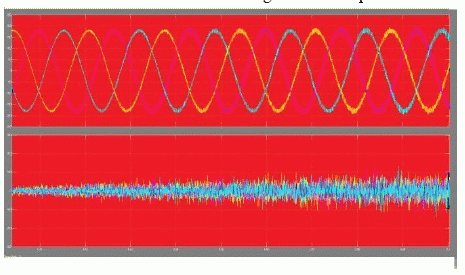 |
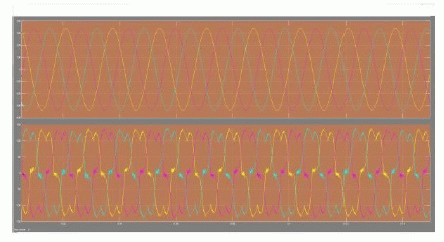 |
| Figure 5 |
Figure 6 |
Figure 7 |
|
| |
References
|
- S. Rahman and A. de castro,:environmental impacts of electricity generation:A global perspective,”ieee trans energy convers,. Vol.10,no. 2,pp. 307-314, Jun. 1995.
- B.bose, ”Global warming: Energy, environmental pollution and the impact of power electronics,”ieeeind. Electron mag.,vol. 4,no. 1,pp. 6-17, Mar.2010.
- C.I.Aspliden,”hybrid solar wind energy conversion system meteorological aspects,”inProc.WMO Technical conf. Meterologyand Energy,1981,Dec.1981
- Luiz Antonio de souzaribeiro, osvaldoronaldsaavedra, shigeakileite de lima, and josegomes de matos,” Isolated Micro-Grids With Renewable Hybrid Generation: The case of LencoisIsland,vol.2 no. 1 Jan2011
- Lin xu, xinboruan, chengxiongmao, buhanzhang and yiluo,” An Improved Optimal Sizing Method for Wind-Solar-Battery Hybrid power System,Vol.4 no.3 July 2011
- Blackwell BB, Sheldahl R, Feltz LV. Wind Tunnel Performance Data for Twoand Three Bucket Savonius Rotor. Journal of Energy 1978; 2:160-164.
- Celik A.N. 2002.Optimization and techno- economic analysis of autonomous photovoltaic-wind hybrid energy systems in comparison to single photovoltaic and wind systems.Energy Conversion and Management.Vol. 43, pp.2453-2468.
- kordy M.N. and Badr M.A. 2002. Economical evaluation of electricity gen. considering externalities.Renewable energy.Vol.25, pp.317-328.
- Francois Giraud and Zyiad M. Salameh. 2001. Steady-state performance of a grid- connected rooftop hybrid windphotovoltaicpower system with battery storage. IEEE Transactions of energy conversion. Vol. 16, pp.1-6
- Manwell JF, McGowan JG, Rogers AL. Wind energy explained: theory, design and application; John Wiley and Sons Ltd: Chichester, 2002.
- Moutsoglou A, Weng Y. Performance tests of a Benesh wind turbine rotor and a Savonius rotor. Journal of Wind Engineering 1995; 19: 349-362.
- D.Graovac, V.A.Katic, and A.Rufer,”Power quality problems compensation with universal power quality conditioning system,”IEEE Trans. Power Delivery, vol.22, no.2 , pp.968-997, Apr.2007
- Z.Chen and E.Spooner, ”Grid Power Quality With Variable Speed Wind Turbines, ”IEEE Trans,.Energy conversion, Vol.16, no.2 pp.148-154., JUN,2008
- Z.Yand,C.Shen,andL.Zhang ”Integration of STATCOM and Battery Energy storage.”IEEE Trans, Power syst., vol.16. no.2 pp. .2254-2632 MAY 2001.
|